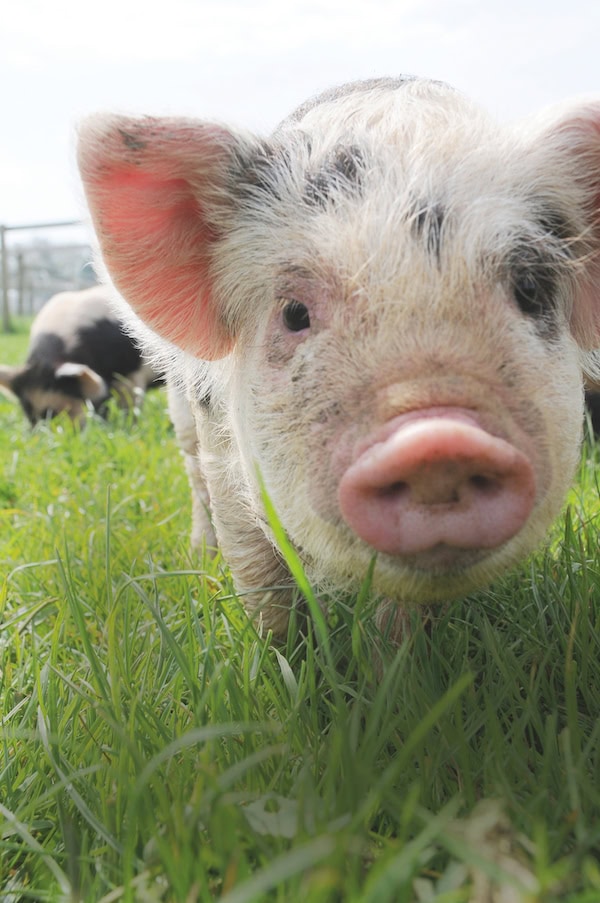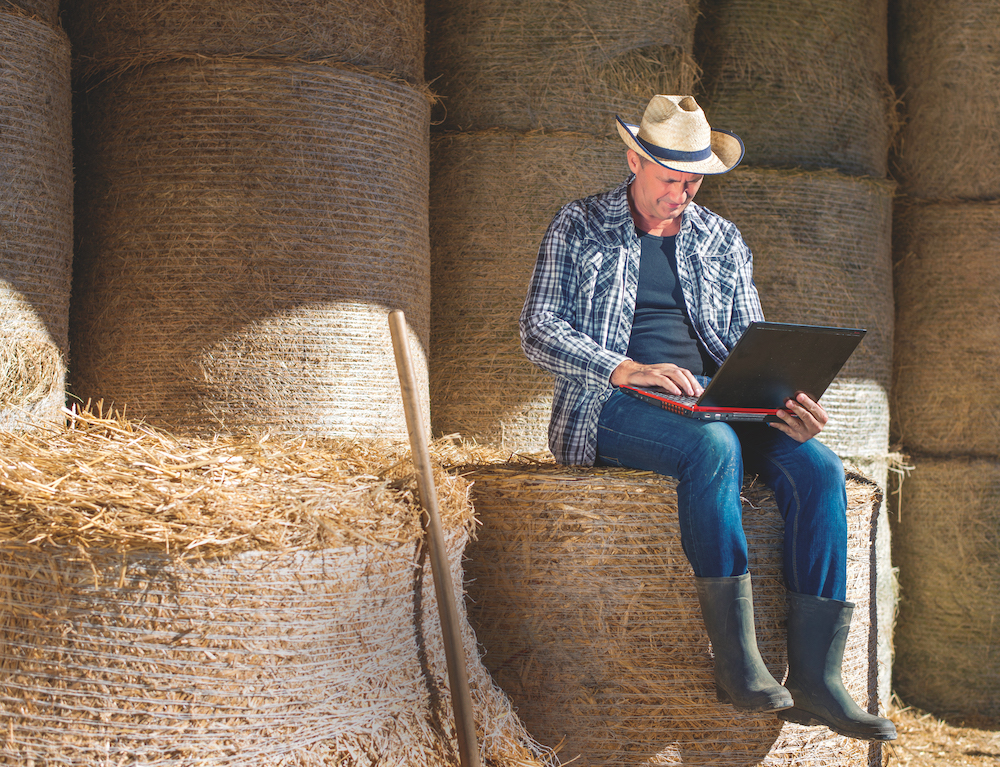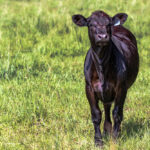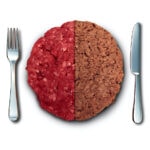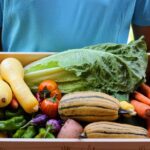As so often happens around the carbon neutrality issue, most sectors of the economy are…
Selling livestock online

With social distancing becoming the new norm, selling livestock online has become increasingly popular. Is it wise to start learning the ropes and adapting now?
In late March, ahead of Minister for Agriculture, Drought and Emergency Management David Littleproud’s announcement that livestock sales will continue, sale yard operators such as Regional Livestock Exchanges (RLX) implemented procedural and access changes in response to COVID-19. Spectators and sellers wanting to watch were banned as saleyards became restricted to individuals considered essential: genuine buyers, livestock agents, livestock transporters and site staff.
At saleyards managed by the RLX Group (Inverell, Hunter, Tamworth and Central Tablelands), all attendees are required to undergo a mandatory electronic sign-in process. The visitor management system, Sine Pro, includes a questionnaire that evaluates a user’s risk of exposure to COVID-19 and can be accessed either online or via an app that automatically recognises that users are physically attending the saleyard.
Like eBay for Livestock
Bricks-and-mortar saleyards are moving rapidly to make streaming services available for online buyers, but they are a long way behind online livestock sales market leader AuctionsPlus, a business that started way back in 1986.
According to CEO Angus Street, “A lot of people see us as a start-up and even though we’ve seen exponential growth recently we’ve been around 33 years. The first sale took place in 1987 and it took 2km of telecoms and a generator for the fax machines. When we did get into the internet era, we had to deal with slow speeds from dial-up, data black spots and just generally creating technology that didn’t exist at the time.”

In its modern form, Street says AuctionsPlus is “like eBay for cattle and sheep with a twist”. Livestock are assessed on farm by accredited assessors who undergo rigorous training and are regularly and randomly audited to ensure assessment is uniform, consistent and meets the expectations of buyers and seller. Sellers pay up to $7.20 a head for cattle and 93c a head for sheep and, just like eBay, the animals can be relisted for free if they don’t sell. A buyer has 48 hours from delivery to raise any issues regarding assessment, animal condition and so on. Street adds, “Most assessors are livestock agents so disputes usually sorted outside our platform.”
Prior to the COVID-19 crisis, AuctionsPlus had two auctions weekly – Tuesday sheep and Friday cattle – as well as one-off stud sales which attracted 467 attendees on average. The company has created a national marketplace that stretches from outback Queensland through NSW to Victoria and South Australia. According to Street, the company is “probably the number-one provider of interface stud sales and facilitates the sale of 870 million livestock annually”.
Rise in the demand for selling livestock online
With the social distancing restrictions on live attendance at saleyards, AuctionsPlus has seen a huge rise in demand, so large that transactions for a recent weaner sale had to be delayed because so many buyers were attempting to get online. Nevertheless, the technical challenges were solved, and the company has announced plans to expand into online wool and rural real estate markets.
While the meltdown at AuctionsPlus’ weaner sale was frustrating for buyers, it underscores the demand for online transactions and suggest saleyards will need to keep developing their online selling platform – a live streaming platform known as StockLive. With streamed auctions, buyers have the advantage of being able to see the cattle in the physical market but online auctions such as AuctionsPlus provide very detailed descriptions of the animals available for purchase weight, age, breeding, bloodlines and any vet treatments they’ve had.
Nevertheless, online auctions are growing from a low base according to Garry Edwards, managing director of AAM Investment Group, the manager and operator of the RLX portfolio. “The online platforms have been around for 30 years,” he says. “In recent years they have got more publicity, but [prior to the COVID-19 measures] they still only handled four to five per cent of transactions; Australia-wide 62 per cent of livestock goes through physical facilities.
“The advantage physical facilities have is high clearance rate – 99 per cent of animals sell because the physical environment drives excitement. We use online to stream out to people who may not want or need to attend in person so people can increasingly get the best of both worlds.”
Savings to be made by selling livestock online
Street argues that online has definite advantages: “No freight charges, no expensive yard fees, no slippage in terms of weight and just generally better outcomes in terms of animal welfare because the animal stays in the paddock until it’s sold. In addition, as a seller you’re in control, you shift from price-taker to price-maker.
“Nevertheless, there is always going to be a need for physical sale yards. I think more and more they’ll be used as a clearing house for lower value animals. As we come out of drought, store stock will attract a premium and we think over the next five years our business is going to continue to grow through servicing that market.”
